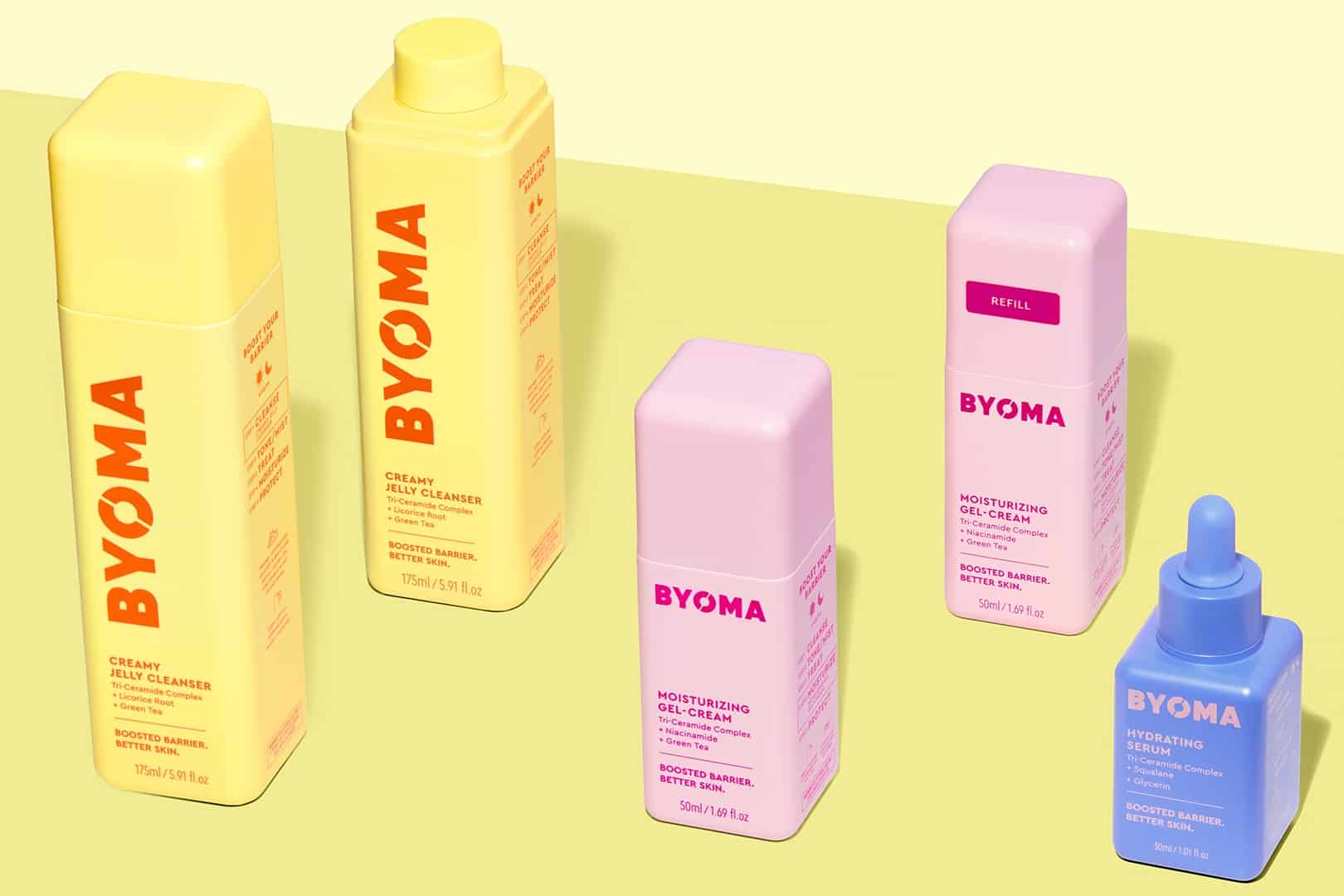Are Bath & Body Works Candles Toxic? We Analyzed Their Ingredients

If you’ve ever been at the mall and walked past a Bath & Body Works store, you’ve probably caught a whiff of the overpowering fragrance scent wafting out.
Bath & Body Works has built an empire on its range of scented products, from fragrances and lotions to candles. Candles are one of the most popular items sold by Bath & Body Works, and at the time of writing, the brand offers 209 different candles on their e-commerce store.
Read Our Full Bath & Body Works Analysis
We did a full analysis of the Bath & Body Works brand and rated it on our three pillars: ingredients, sustainability, and animal welfare.
For many, you know how tempting it is to go in and smell all of the wonderful candles they have to offer. And who can resist buying a few when they’re on sale? While the candles may smell good, there is a growing concern over their safety. Are Bath & Body Works candles toxic?
The short answer is: yes, Bath & Body Works candles ARE toxic. They contain many sketchy ingredients, so if you’re a fan of them, you should avoid them.
Are Bath & Body Works Candles Actually Toxic?
Yes, Bath & Body Works candles are toxic. There are several big reasons why, and we’ll go into more detail below, but the bottom line is that these candles are made with lots of chemicals and fragrances that can be harmful to your health.
The most concerning ingredients in Bath & Body Works candles are:
- Fragrance: This is the main ingredient in all of their candles, and it’s a big problem. “Fragrance” is a catch-all term for any number of chemicals, and companies are not required to list them on the label. So you don’t really know what’s in the fragrance blend, and it could be any number of chemicals that may be toxic to your health.
- Paraffin wax: This is a petroleum-based wax that releases harmful chemicals when burned, including toluene and benzene (both of which are carcinogens).
Let’s take a closer look at the problems with Bath & Body Works candles and why we recommend avoiding them.
Problem #1: Bath & Body Works Candles Use Paraffin Wax
The biggest problem with Bath & Body Works candles is that they use paraffin wax. Specifically, the candles use a blend of paraffin wax, soy wax, and palm oil.
Paraffin is a petroleum-based product, and when burned, it releases toxic chemicals into the air like benzene and toluene. These toxins have been linked to several health problems, including cancer, respiratory issues, and asthma.
Safer, non-toxic candles use natural ingredients like soy, coconut oil, or beeswax rather than synthetic paraffin wax.
Several studies (1) (2) have concluded that burning (or even having scented candles in the home) can emit toxic VOCs (volatile organic compounds) and other chemicals that can be harmful to your health, particularly if you have asthma or are pregnant.
At this point, the safe choice is to avoid altogether candles made with paraffin wax and opt for those that use vegetable wax or beeswax blends.
Problem #2: Bath & Body Works Candles Are Fragranced with Synthetic Chemicals
The fragrances used in Bath & Body Works candles are also a problem. These fragrances are made with a number of synthetic chemicals that can be harmful to your health. These chemicals have also been linked to endocrine disruption, reproductive problems, and even cancer.
In a Bath & Body Works candle, fragrance is typically the 4th ingredient on the list, behind hydrogenated soybean oil, paraffin wax, and hydrogenated palm oil.
Here’s an example from their Peppered Plum candle:

The big problem with fragrance is that it’s a catch-all term that can contain any number of mystery ingredients. Any time you see “fragrance” or “parfum” on a label, that means it’s being used to hide the actual chemical makeup of the fragrance.
A typical example is phthalates – a class of chemicals often used in synthetic fragrances to make them last longer. You’ll never see this ingredient listed on a label. But we do know that phthalates are hormone disruptors and have been linked to reproductive problems, and there’s no way to tell if you’re being exposed to it or not.
Problem #3: Particulate Matter and VOCs
When you burn a Bath & Body Works candle, you release particulate matter and VOCs (volatile organic compounds) into the air. Burning a paraffin wax candle – made from petrochemicals – is essentially like releasing car exhaust into the room.
Think about what the sky looks like on a particularly smoggy day. This is essentially particulate matter – a mixture of solid and liquid particles suspended in the air. When burning a candle like a Bath & Body Works candle, you’re recreating this in your home on a smaller scale.
Inhaling these particulates into the lungs could have any number of unknown health impacts down the road. Why risk it?
Do Bath & Body Works Candles Use Lead In The Wicks?
To answer this one quickly: no, Bath & Body Works candles don’t have lead in the wicks.
Lead-core wicks used to be a big concern with candles up until the early 2000s, when a federal ban was put into place. Since 2002, it has been illegal to sell candles made with lead wicks in the US whether they were imported or made locally. (3)
It’s important to note that countries with more lax laws might still use lead in the wicks. While it’s illegal to sell these candles, it’s still very possible that you’ll come across them when shopping online or even from smaller sellers in the US.
Are White Barn Candles Toxic?
Bath & Body Works owns the White Barn brand, so everything written here applies to White Barn candles as well. They aren’t any more safe or natural, so don’t be fooled: we recommend avoiding White Barn candles and they are NOT non-toxic.
Non-Toxic Alternatives To Bath & Body Works Candles
We have a full guide on the best non-toxic candles—there are tons of great clean alternatives to Bath & Body Works candles. Some are just as affordable as BBW candles, too! Click here to read our guide on non-toxic candles.




